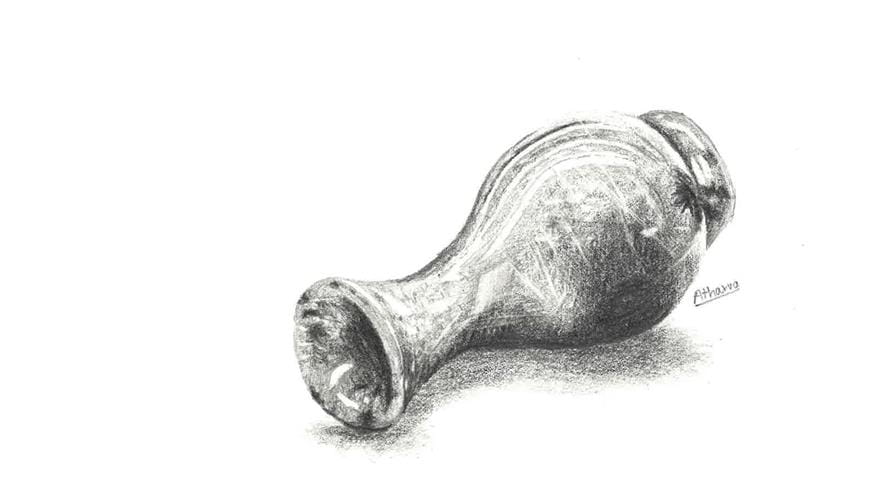Q&A: How the UArts-Drexel Pathway is Here to Help Students

In the fallout from the swift closure of the University of the Arts (UArts) in Philadelphia, Drexel University is helping students find a path forward.
Students from UArts who are looking for their next step can find it at Drexel, which has both developed a teach-out program for students who want to (and can) stay in their major and a seamless transfer program for students looking to pivot in their studies. The UArts-Drexel Pathway is designed to help incoming first-year students start and current students finish their education with as little disruption as possible and feel supported as they do so.
Drexel’s goal is to “lead with love,” through this tumultuous time, said Dawn Medley, senior vice president for Enrollment Management, and provide individualized support to help students find the best way forward for them.
“This is a devastating moment for the cultural community overall,” Jason Schupbach, dean of the Antoinette Westphal College of Media Arts & Design, said. “In developing this pathway, we promise to do everything we can to help, because Drexel has a community and civic mission. We all know it’s the right thing to do.”
Interested UArts students can reach out to enroll@drexel.edu or schedule an individual counseling session to enter the portal and kickstart the process to finish their degrees at Drexel.
Q: What does it mean to get on the Pathway?
A: Dawn: The key message is flexibility and focus on the individual. So, the very first thing is getting connected with students through the enroll@drexel.edu email so we can get them invited to the information sessions and on-campus events we’re hosting. Then they fill out an application, and we do have to get transcripts. There has been difficulty in getting transcripts, so we’re reviewing unofficial ones, and we know the official ones will come. Right now, we feel it's really important for students to have connections with our professional experts to reassure and support them.
A: Jason: This event was very traumatic for these UArts students, families, faculty and staff, and we are trying to approach it with as much kindness, care and simplicity for them as possible. Entering the Pathway means you get surrounded by dozens, if not hundreds, of faculty and staff that are all coordinating and working to support you in a really efficient way. We are all working together to welcome you to Drexel and to make sure you feel like you will have a strong sense of community here. That's really important to us.
Q: What does teach out vs transfer mean?
A: Dawn: We have signed an agreement with UArts to become one of several teach-out institutions, and that agreement is centered around making this process the least disruptive to students as it can possibly be. In order for Drexel to function as a teach-out institution, the Middle States Commission on Higher Learning must approve that what we have planned is in the best interests of students. We cannot add additional requirements for students to complete their curriculum and lengthen the time it takes to receive their degree, though they can finish quicker.
Instead of bringing a teach-out program student into our curriculum and having them fit what we need, we are actually molding the curriculum to meet their needs and we have to keep that student on a path most similar to what they were on previously. We can do substitutions for courses and build out independent studies. Our faculty have responded beautifully and are being very flexible to get UArts teach-out students as close to the degree they thought they were going to have as possible.
One thing that’s different is that Drexel has Bachelor of Science degrees, while UArts had Bachelor of Fine Arts degrees, and students will receive a Drexel degree, because UArts is no longer accredited to confer degrees. The coursework will be very similar and we cannot require the teach-out students to take extra courses to meet the expectations of the BS versus the BFA.
There are students who want to transfer and change majors, so we will evaluate their credits and make sure which degree path they want to pursue and how that will go. If you come in as a transfer student, you are brought into Drexel’s curriculum and its requirements.
A: Jason: The easiest way to think about the teach-out program is that we have promised students that they will get to learn what UArts promised them they could learn. If a Drexel degree program exists that’s very close to a UArts one, but we don’t have some elements of it, we will try to mimic those as best as we can. We’re trying to really deliver on what they thought they were getting originally.
Q: What support can Drexel offer?
A: Jason: One of the wonderful things about Westphal that I've found in the last four years that I’ve been at Drexel is that we care so much about community here. Making our cohorts of students feel like they’re on a journey together is super important to us, and so is building a bunch of support services around the students, like our Bridge Scholars Program, which supports first generation and students of color, and our peer mentoring program. Building community is very much in the fabric of this college. Once UArts students are here, it’s going to be important to surround them with these services.
A: Dawn: At this point, we're very much focused on UArts undergraduate students, but we have also worked with a lot of graduate students, some of whom are down to their last requirements or their thesis. Typically, you have to be at a school for a certain period before you can get a degree there, but that is waived under these circumstances. We will work with those students to do as much as we can to make sure they complete their requirements and receive their degree.
For first-year students, we will work to match as closely as possible the financial aid package originally offered by UArts. Another thing students should be aware of is if they’ve been struggling academically or are on academic probation, that doesn’t mean they couldn’t come. We just need to be very specific in the way we work with them.
A: Jason: I think a good word for how we’re working with UArts students is probably ‘concierge.’ There’s going to be a lot of individual care to help students understand the Pathway and talk through all the elements they had at UArts, like financial aid, visas, housing and all those things, to figure out how that works here. We will welcome every student here if they want to come.
A: Dawn: I’m literally texting with a mom right now trying to help with her student.
Q: What can new students expect from a Drexel education?
A: Jason: Students are going to be surrounded by community, be welcomed and have access to Drexel’s world-class facilities, faculty and curriculum.
Westphal is one of the great comprehensive creative colleges in the country. We’re ranked highly in all of our programs, and many of the programs are in the top five or top ten of their fields. We have incredibly high-quality faculty who came right from the industry and are deeply connected to their industries and the creative. These are some of the best people in the world that you could learn from. Westphal is not just a good creative college; this is a great creative college.
I would encourage potential students to look at WestPhest, which is our student show/exhibition that’s happening right now. Come view our work and see if you like our community here. There’s a film festival, a photography and graphic design show and interior design showcase. Our graduation is coming up this week, and we're really in the most celebratory time of the year in the college. It couldn’t be a better time to come see our community.
Q: What kind of feedback has this program been getting?
A: Dawn: I would say that in response to all the love we’re giving, we’re getting back tenfold in support from the guidance community, amazing support from prospective students and from our current students, who appreciate the way this is being handled and how they’ve seen leadership step up. It’s what they thought Drexel was about, and now we’ve had a chance to live that and show them it’s more than words. It really is action. Our community is telling us that we are behaving correctly, that this is exactly how they expect Drexel to act in this situation. Our community really supports us reaching out and wrapping around these students from UArts.
Drexel News is produced by
University Marketing and Communications.

